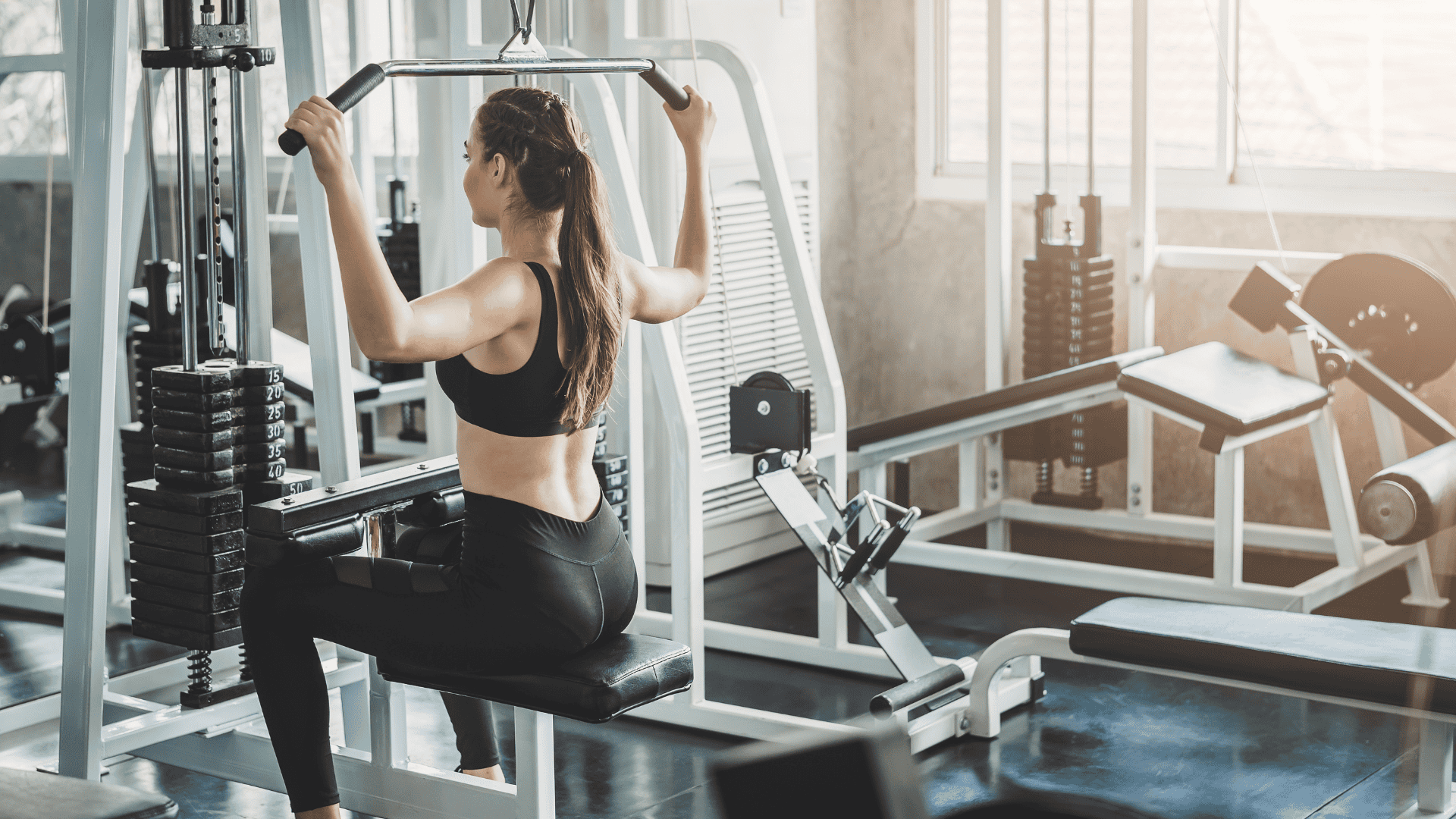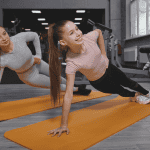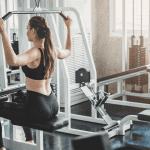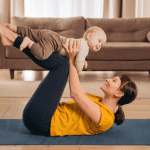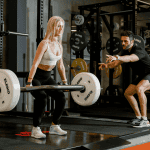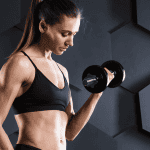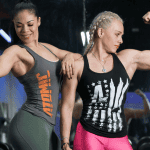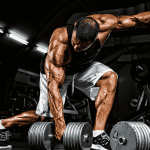Some workout plans expect you to train five or six days a week. That sounds great on paper, but it’s hard to stick with when you’ve got work, errands, and a full list of things to do everyday.
Most women just want something that works and doesn’t take over their life.
This 3 day workout plan for women is simple, smart, and easy to follow. You’ll train your whole body three times a week, starting with glutes every session. That way, your legs and glutes get the most attention while you still have energy.
Also, every workout includes upper body and core work. You’ll build strength and tone from head to toe without needing extra gym days. Then, on your off days, there’s the option to add a short glute workout. These take less than 15 minutes and give your results a little boost.
The routine is balanced, efficient, and made to fit real life. In six weeks, you’ll be stronger, more confident, and ready to take on more.
Why This Routine Gets Results
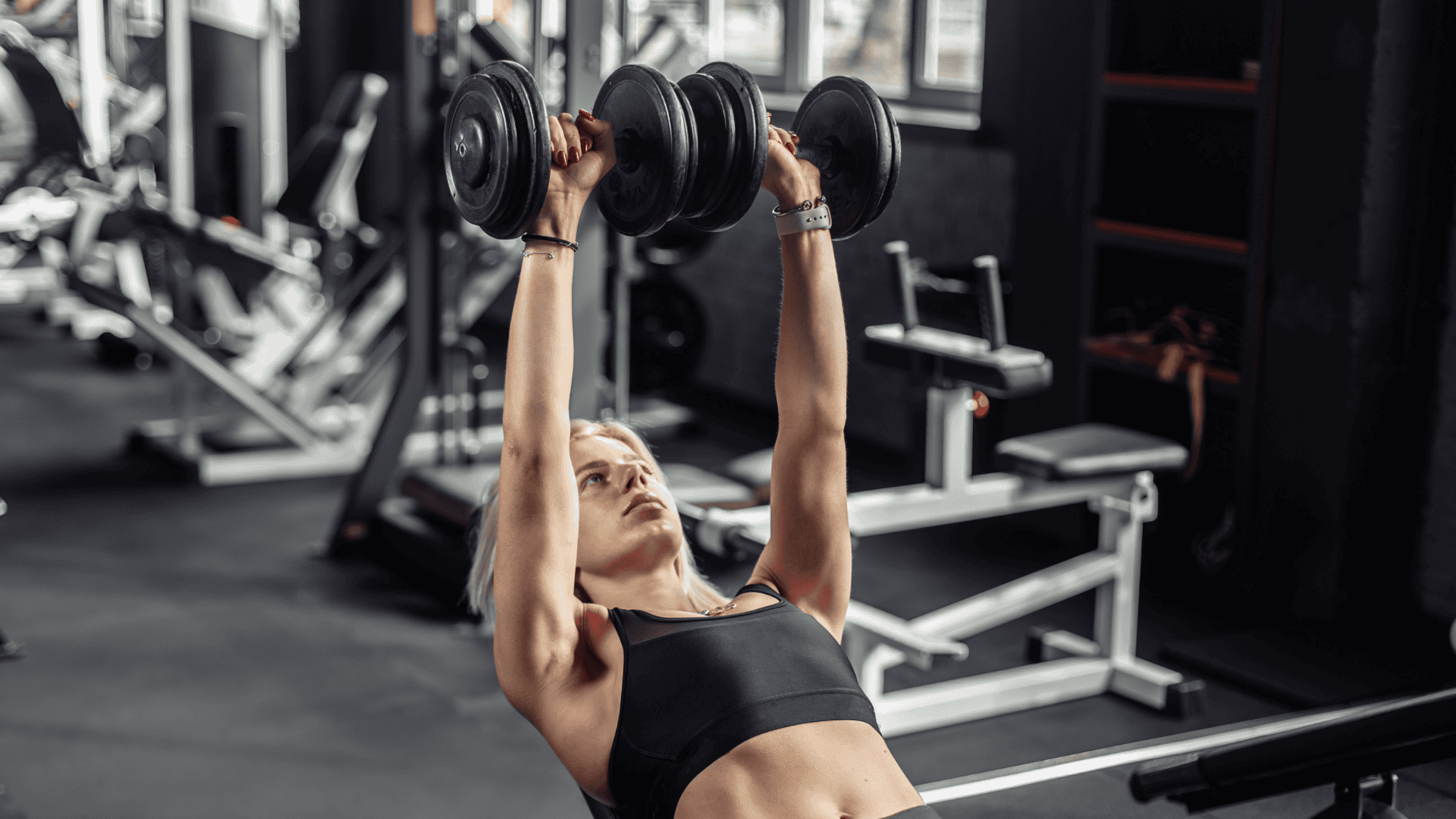
Most women want a workout plan that actually fits into their week. This one does. You only train three days, but you still hit every major muscle. It’s full-body, but it doesn’t drag on forever. Each workout is focused, balanced, and easy to follow, even if you’re new to lifting.
The glutes come first in every session. (That’s on purpose) Starting with glute-focused lifts means you’re training them when you have the most energy. This helps you build shape and strength where it matters most.
Then, the rest of the workout covers your legs, upper body, and core. Nothing gets skipped.
Also, the way this routine is spaced out gives your body time to recover. You train on non-consecutive days, like Monday, Wednesday, and Friday.
That leaves at least one full day between sessions, so you don’t feel worn down halfway through the week.
The setup works well for women who are short on time, want to stay consistent, and need something they can actually stick with. You’re not guessing what to do. You’ve got structure, variety, and enough rest to keep making progress.
How Your Workout Week Looks
A balanced workout week gives the body time to train hard and recover well. This setup spreads three strength sessions across the week, leaving space for rest, movement, or optional add-ons.
Every workout builds on the last, creating steady progress without overload.
Main Workouts (3 days/week)
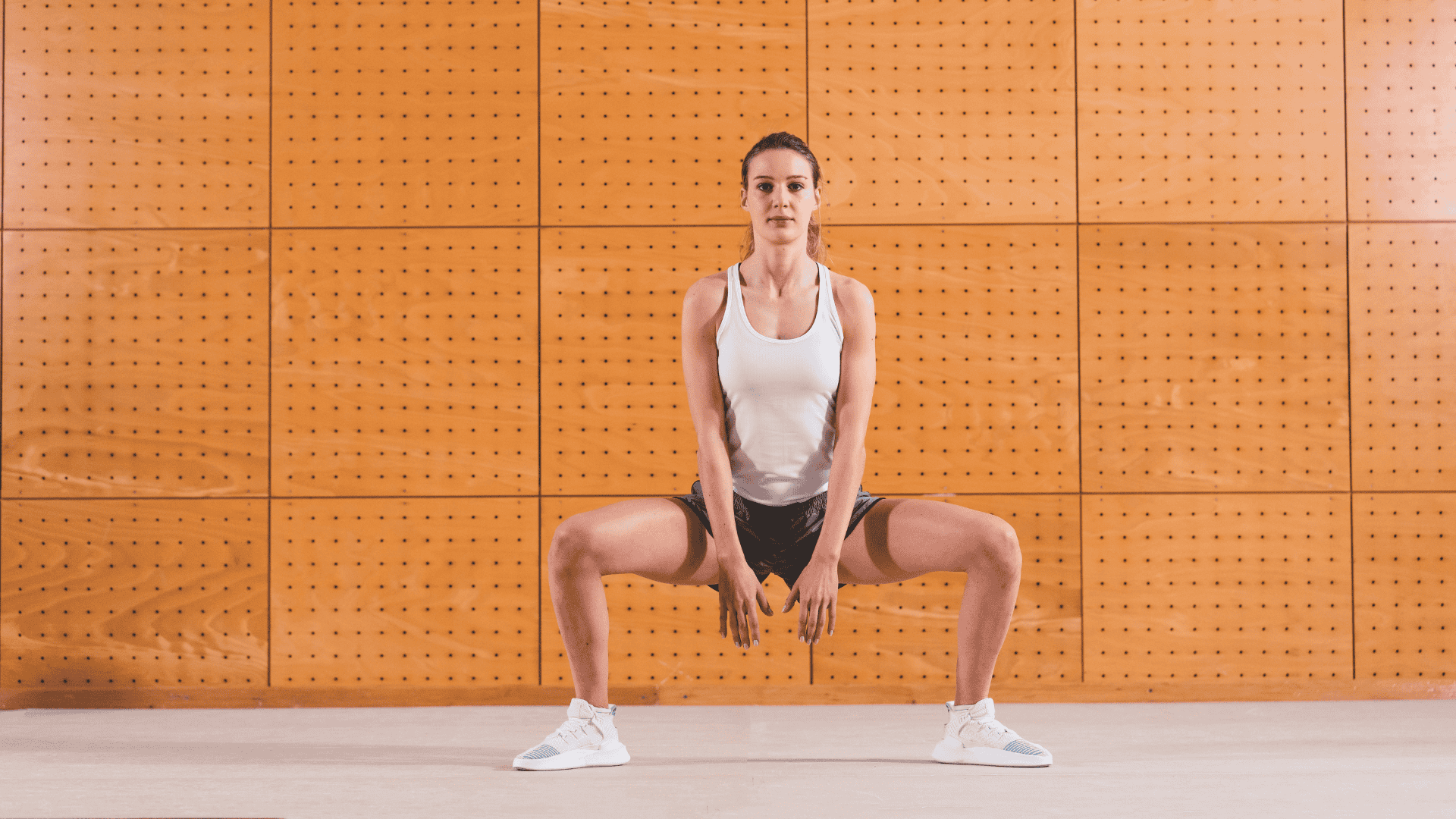
These workouts are full-body and designed to be repeated weekly. You’ll train three times a week, hitting all major muscle groups with a focus on glutes, legs, and core.
Start each session with a short warm-up and rest 30 to 60 seconds between sets. Stick to this structure, and you’ll get stronger each week without burning out.
Workout 1 ( Monday)
| Exercise | Sets | Reps |
| Glute Bridges or Hip Thrusts | 4 | 10 |
| Dumbbell Walking Lunges | 3 | 12 each leg |
| Lat Pulldown | 3 | 10 |
| Incline Dumbbell Bench Press | 3 | 10 |
| Dumbbell Shoulder Press | 2 | 12 |
| Plank | 3 | 30 seconds |
Workout 2 (Wednesday)
| Exercise | Sets | Reps |
| Sumo Squats | 4 | 8 |
| Romanian Deadlifts | 3 | 10 |
| Seated Cable Row | 3 | 12 |
| Push-Ups | 3 | As many as you can |
| Biceps Curls | 2 | 15 |
| Russian Twists | 3 | 20 |
Workout 3 ( Friday)
| Exercise | Sets | Reps |
| Bulgarian Split Squats | 3 | 10 each leg |
| Leg Press | 3 | 15 |
| Dumbbell Bent-Over Row | 3 | 10 |
| Dumbbell Lateral Raise | 2 | 15 |
| Triceps Dips (Bench) | 2 | 12 |
| Bicycle Crunches | 3 | 20 |
Optional Glute Workouts (Tuesday or Thursday)

These are quick. Do them at home or at the gym. Each one takes under 15 minutes.
Workout A – Bodyweight Glute Burnout
| Exercise | Sets | Reps |
| Donkey Kicks | 2 | 20 each side |
| Fire Hydrants | 2 | 20 each side |
| Clamshells | 2 | 20 each side |
Workout B – Glute Superset
| Exercise | Sets | Reps |
| Cable Glute Kickbacks | 3 | 15 |
| Jump Squats | 3 | 15 |
You can do one of these mini glute workouts on your off days if you have the energy. If not, skip them. The main workouts already cover a lot.
How to Do the Exercises Right
It’s one thing to follow a plan. And it’s another to do the moves the right way. Good form keeps you safe and helps you build muscles where it matters.
You don’t need to be perfect, but you do need to be consistent. Use a weight that feels challenging, but still lets you move with control. Keep your rest short. (around 60 to 90 seconds between sets) After your heavy glute work, give yourself a little more time if you need it.
Here’s a quick breakdown of how to do the main moves:
Glute and Leg Exercises
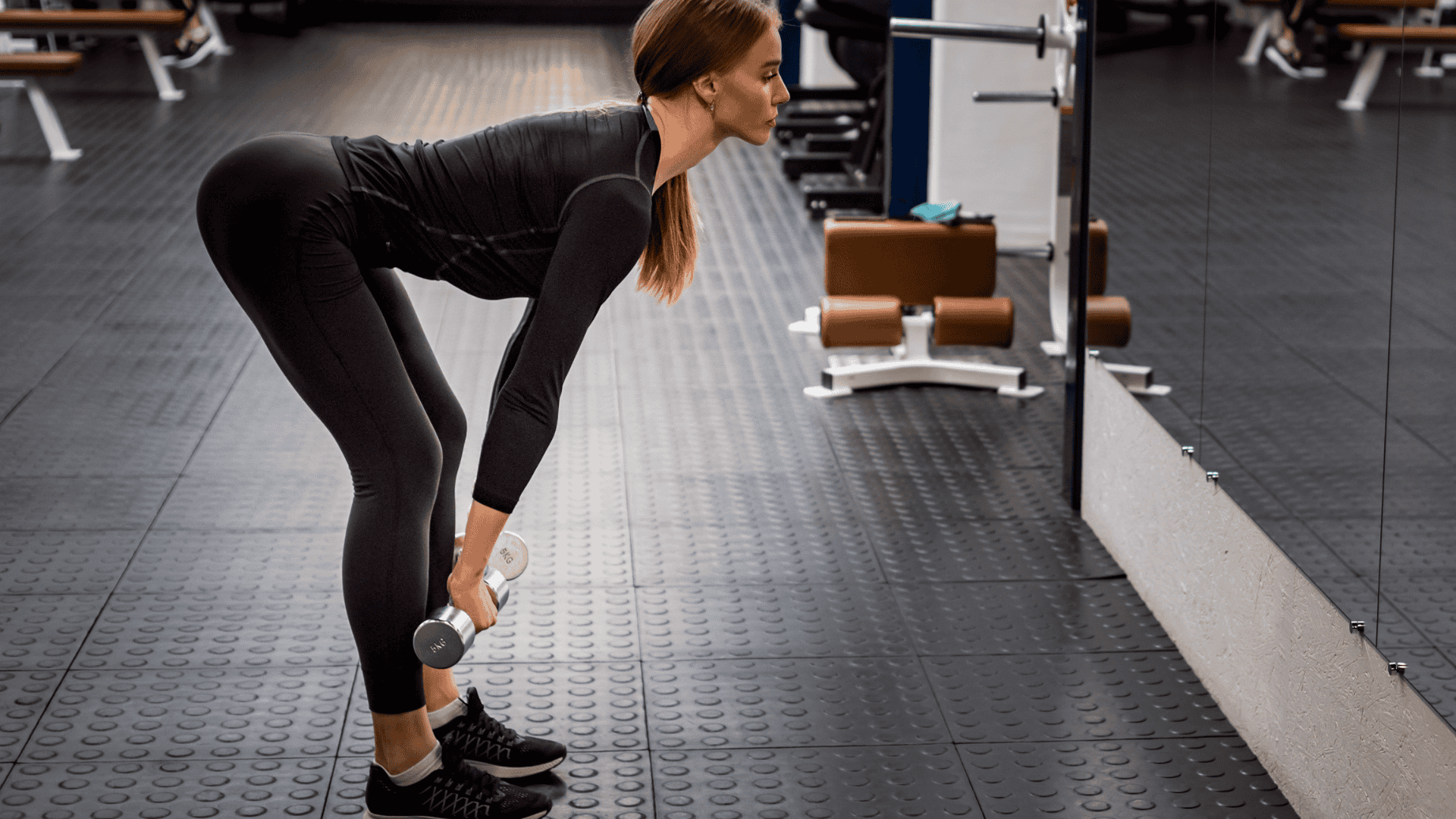
Start each strength workout by training your glutes and legs. These muscles form the base of your body and help support everything else. Here’s how to perform each move with control and proper form.
- Hip Thrusts / Glute Bridges: Begin seated on the ground with your upper back resting against a bench or low couch. Bend your knees and plant your feet flat on the floor. Press through your heels to lift your hips. At the top, pause and squeeze your glutes. Lower your hips slowly until they’re just above the floor, then repeat.
- Walking Lunges: Stand tall and take a step forward with one leg. Lower your back knee toward the floor, keeping your front knee stacked over your ankle. Push through your front heel to step forward with the other leg. Keep your chest lifted and your steps steady. No need to rush.
- Sumo Squats: Stand with your feet wider than your shoulders and your toes turned slightly out. Slowly lower your hips down and back, like sitting into a chair. Keep your knees tracking in the same direction as your toes. Push through your heels to stand up. Keep your chest tall throughout the movement.
- Romanian Deadlifts: Hold a pair of dumbbells in front of your legs. Keep a soft bend in your knees. Hinge at your hips by pushing them backward while keeping your back flat. Lower the weights until you feel a stretch in your hamstrings, then squeeze your glutes to return to standing. Don’t let your back round or your knees lock.
- Bulgarian Split Squats: Stand a few feet in front of a bench. Place the top of one foot behind you on the bench. Lower your back knee straight down toward the floor while keeping your front foot flat. Keep your chest upright and your front knee aligned over your ankle. Switch legs after finishing your reps.
Upper Body Moves

Next, you’ll target the upper body. These moves work your back, chest, shoulders, and arms. Focus on control rather than speed.
- Lat Pulldown / Seated Cable Row: Use a cable machine to train your back. For pulldowns, pull the bar toward your chest while keeping your elbows under control. For rows, sit upright and pull the handle toward your torso. In both cases, squeeze your shoulder blades together and avoid leaning too far back.
- Incline Bench Press / Shoulder Press: For the incline press, lie back on a bench set at a slight angle. Press the dumbbells up above your chest, then lower them slowly. For shoulder presses, sit or stand with dumbbells at shoulder height and press them overhead. Keep your wrists in line with your elbows and avoid arching your back.
- Push-Ups: Place your hands under your shoulders and keep your body in a straight line. Lower your chest toward the floor, then push back up. If this is too difficult, drop to your knees and continue from there. Always keep your core tight and your back flat.
- Biceps Curls / Triceps Dips: For curls, hold dumbbells at your sides with your palms facing forward. Bend your elbows to lift the weights, then lower slowly. Keep your elbows close to your body. For dips, place your hands on a bench behind you, fingers facing forward, and lower your body until your arms are bent, then press back up.
Core Work
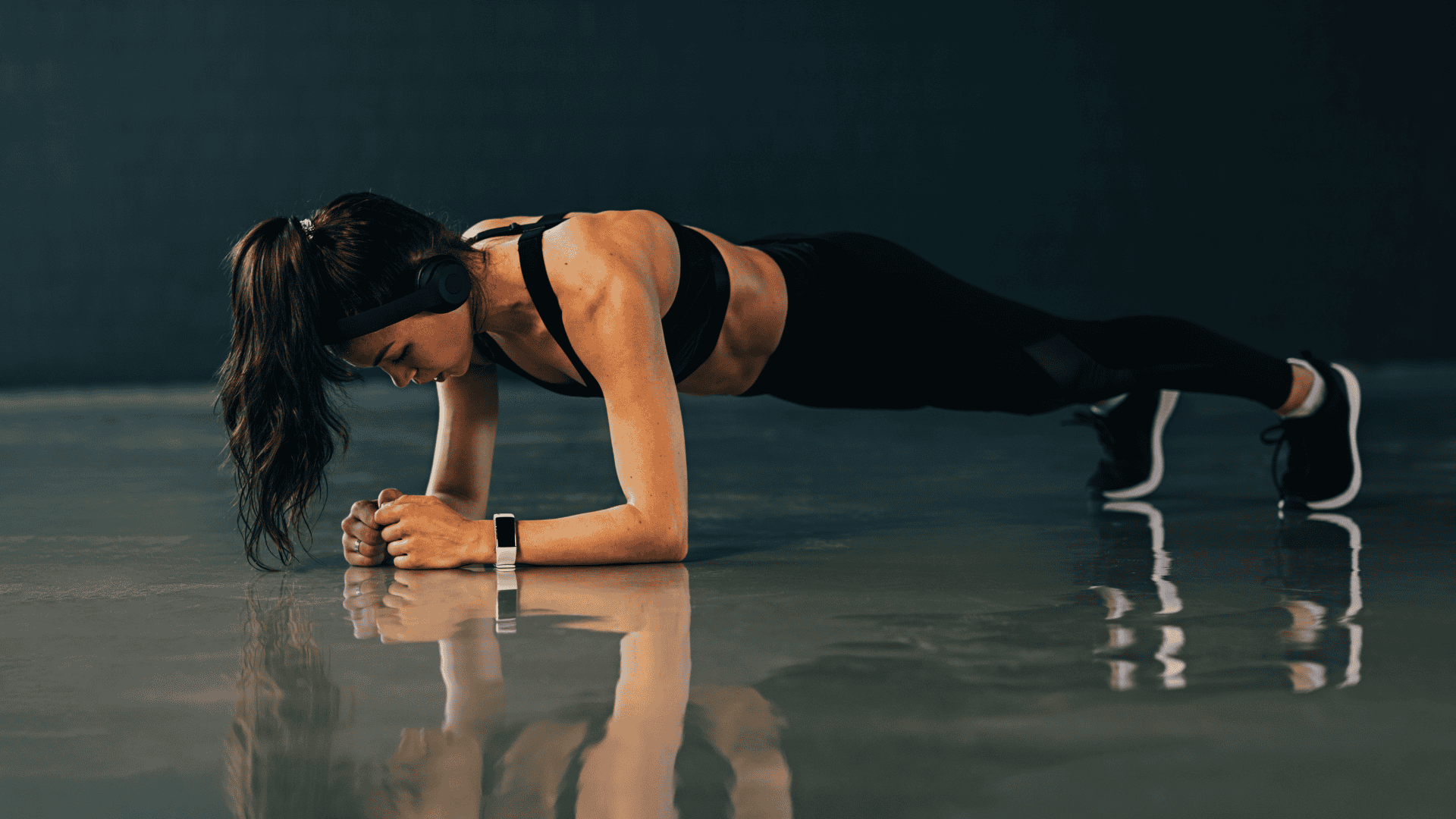
Every workout ends with core training. This helps build strength in your midsection, which supports every other part of your body.
- Plank: Get into a forearm plank position. Keep your body straight from head to heels. Don’t let your hips sag or rise too high. Focus on holding steady while breathing calmly.
- Russian Twists / Bicycle Crunches: For twists, sit on the floor with your knees bent and twist side to side, tapping the ground gently. For bicycles, lie on your back and bring opposite elbow to opposite knee, switching sides in a controlled motion. In both, keep your core tight and avoid rushing through the reps.
You won’t master everything in one week. That’s fine. The goal is to move well, push yourself, and keep showing up.
How to Keep Going and Recover Well

Doing the workouts is just part of the picture. How you recover, sleep, and eat all play a big role in how your body responds. If you want to see changes and keep moving forward, these basics matter.
Track What You Do
Keep a simple log of your workouts. You can write things down in a notebook or use an app.
What matters is knowing what you lifted last time, so you can try to do a little more next time. It could mean adding weight, doing one extra rep, or just finishing with better form.
Focus on Recovery
This plan gives you full rest days for a reason. (Take them) And while resting, your body will builds muscle while you rest, not while you train. On your off days, you can go for a walk, do light stretching, or just take it easy. No need to do more if your body feels tired.
Also, aim for 7 to 8 hours of sleep every night. If that’s hard to get, try going to bed 15 minutes earlier and build from there.
Keep Your Body Fueled
You don’t need a perfect diet, but you do need to eat enough to support your training. Start with protein.
Try to get about 0.8 to 1 gram per pound of body weight each day. That helps your muscles recover and grow. Add carbs like rice, fruit, or oats to keep your energy up. Healthy fats, like avocado, eggs, or olive oil, also help with recovery and hormone support.
Drink water through the day, especially if you’re training in heat or sweating a lot. A half gallon a day is a good place to start.
When to Take a Deload Week
After about six weeks of consistent training, take a lighter week. This gives your body a break so you don’t burn out. Cut your weights and reps in half for a few sessions, then get back to your normal routine.
Start Strong and Keep Showing Up
No one builds strength by overthinking. You build it by doing the work, one session at a time.
This guide gives you everything you need to move forward. (Without the guesswork) Just a clear workout plan that fits into your week, builds your body from the ground up, and teaches you how to train smart.
You’ve got the tools. Now the only thing left is to use them. Show up. Stay steady. Let the results follow.
Frequently Asked Questions
1. Can I follow this plan if I’m a beginner?
Yes. Every exercise in this plan is beginner-friendly. Start with lighter weights and focus on doing the moves with good form. You’ll get better each week.
2. What if I miss a workout?
Just pick up where you left off. You don’t need to double up or start over. Keep moving forward and stay consistent.
3. Do I need gym equipment for this plan?
A gym helps, especially for machines like the lat pulldown or leg press. But if you train at home, you can swap in bodyweight or dumbbell versions. For example, do band rows instead of cable rows, or glute bridges instead of hip thrusts.
4. Can I do cardio with this plan?
Yes. Add light cardio like walking or cycling on your off days if you have the energy. Don’t let it take away from your recovery or lifting effort.
5. How long before I see results?
Most women notice progress within 3 to 6 weeks—stronger lifts, better energy, and tighter glutes. Stick with the plan and track your workouts so you can see how far you’ve come.
6. How heavy should I lift?
Use a weight that feels tough by the last few reps, but still lets you stay in control. When it starts to feel too easy, go a little heavier or add a rep or two.
